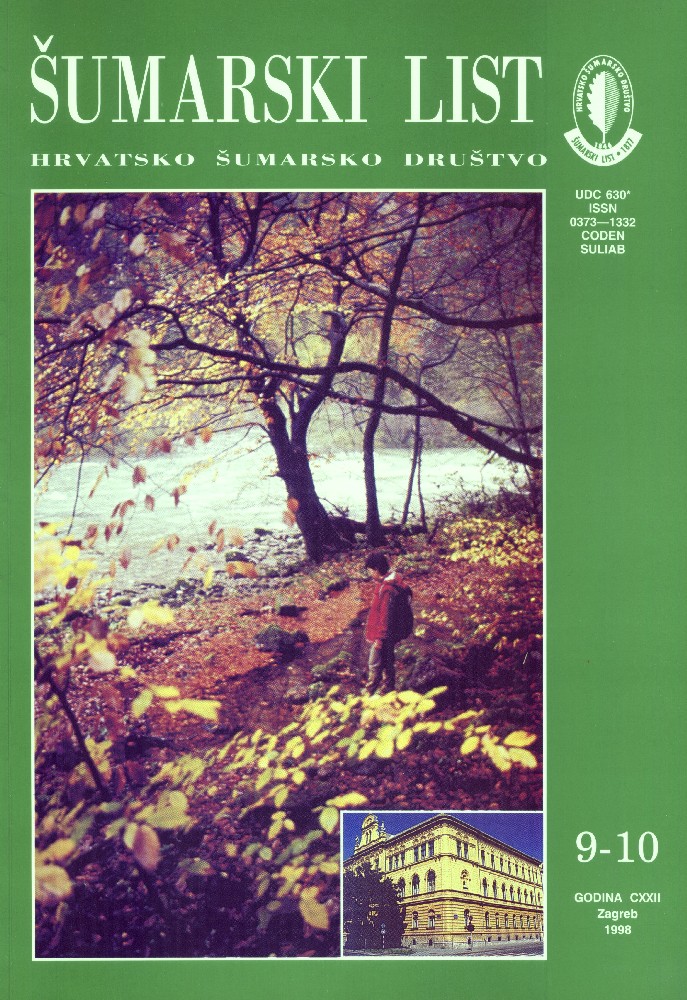| |
| IZVORNI ZNANSTVENI ČLANCI |
| |
|
|
| Pintarić, K. | UDK 630* 220 (Quercus petraea Liebl.) 001. |
| Prospects of Sessile Oak Forests in Bosnia
pdf
HR
EN
|
399 |
| Trinajstić, I. | UDK 630* 188. 001. |
| Phytogeographical Division of Climatozonal Forest Vegetation in Croatia
pdf
HR
EN
|
407 |
| Pičman D., Pentek, T. | UDK 630* 379 + 383. 001. |
| Calculating the Average Distance of Gravitational Attraction with Gravity Methods Using Personal Computers
pdf
HR
EN
|
423 |
| |
| PREGLEDNI ČLANCI |
| |
|
|
| Gračan, J., Anić, I., Matić S. | UDK 630* 22 + 979 : 907.1.001. |
| Sustainable Management and Conservation of Biodiversity of Croatian Forests
pdf
HR
EN
|
437 |
| |
| STRUČNI ČLANCI |
| |
|
|
| Dimitrov, T. | UDK 630* 432.9 + 435 |
| Global Biomass Burning - Atmospheric, Climatic, and Biospheric Implications
pdf
HR
EN
|
443 |
Summary: In this paper the most recent research on forest fires made by renown scientists in the world are presented, where the climate change and its implications on forest fire, fire emissions and their impact on the atmosphere, catastrophic situation predictions on the global level caused by biomass burning particularly in Tropics, and on the Protocol of the International Conference on the climate change, held in Kyoto, Japan, are analyzed.
There is very important research B. J. Stocks and others on the climate change and forest fire potential in Russian and Canadian boreal forests by simulating through current general circulation models scenario of doubled CO2 (2 x CO2) and its implications on the fire weather severity increase, extending the fire season by warming up of struck regions and shifting forest vegetation northward.
|



